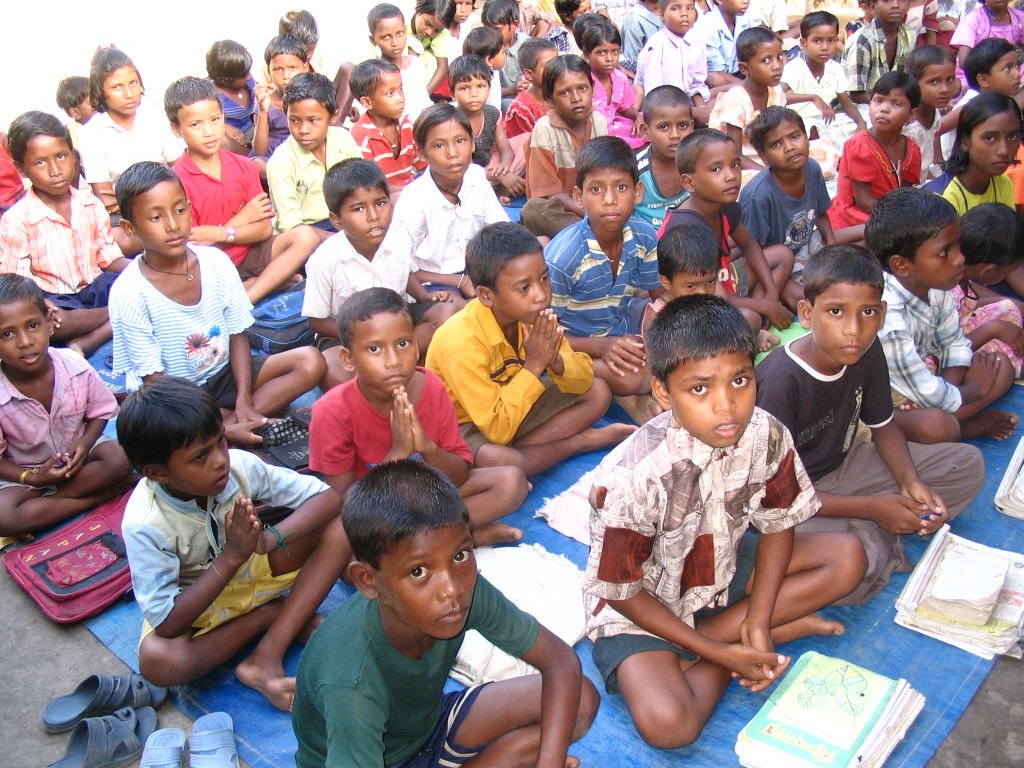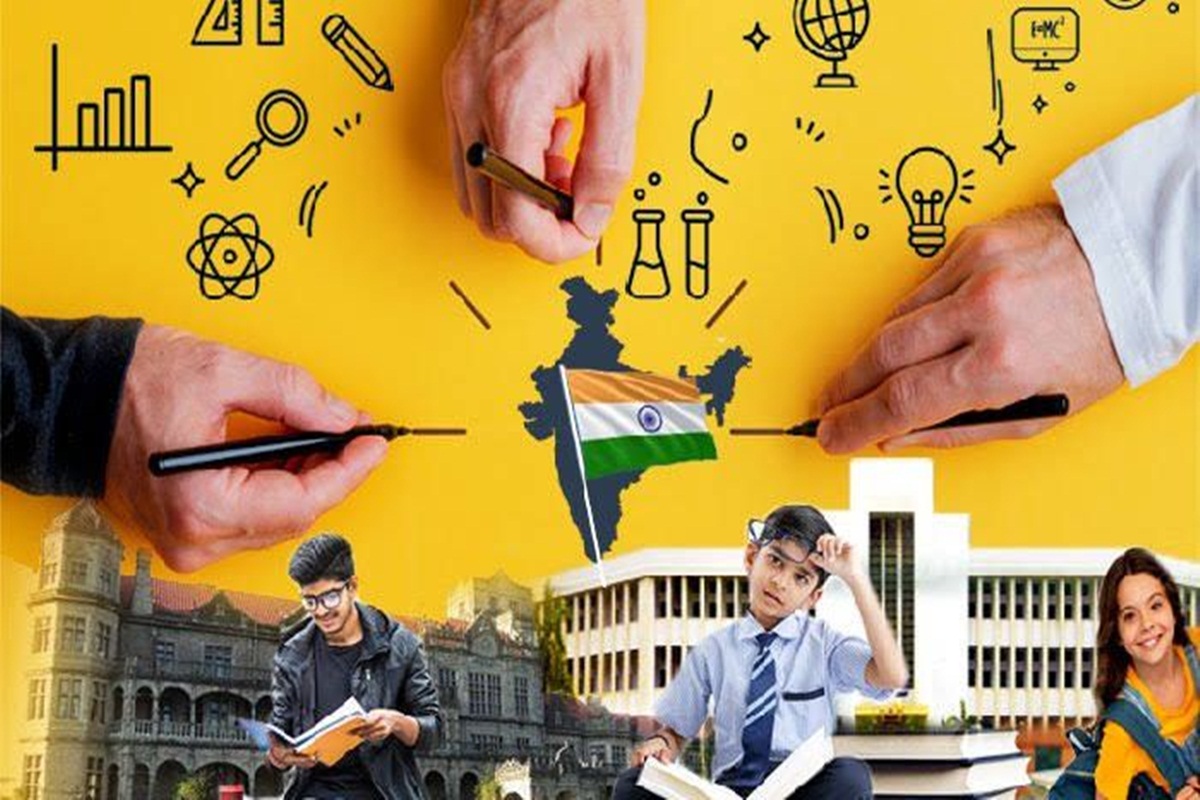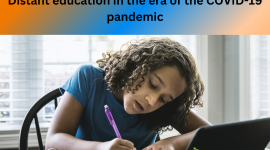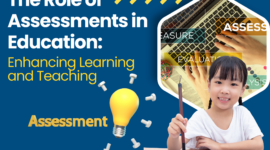According to the National Survey of India, which was published in 2022, the literacy rate in India is approximately 77.7 per cent. According to UNESCO, India will have a universal literacy rate in 2060, which is bad news for the 25% of Indians who are currently unable to access even primary school. (Primary Post)
As per research conducted by Boarding Schools in India, Equal learning opportunities for all are one of the Sustainable Development Goals proposed by the United Nations. The topic of this year’s Literacy Day, which was earlier this month, was “Transforming Literacy Learning Spaces,” where the focus is on providing all people with high-quality, equitable, and inclusive education, which is what we should pursue as a developing nation.
Particularly concerning Tier 1, 2, and 3 cities. We also recommend training programmes for instructors with successful pedagogical approaches that are inclusive, adaptive, and responsive to various populations, in addition to suitable infrastructure, cheap price structures, incentives, and support scholarships.
Also Read : EDUCATION FOR STUDENTS WITH SPECIAL NEEDS
Need For New Education Models in Rural Sectors

The need for new education models in the rural sectors is becoming a necessity in today’s world. The current education system is not able to meet the needs of students who live in remote areas, and it would be difficult for them to gain access to information that can help them improve their lives.
This is why we must create a revolutionary new model of education that will allow us to provide high-quality educational resources and services to people in rural areas where there are no physical schools available. Our goal should be to make sure that every student has access to education regardless of where they live or what their income is.
The concept of education is not to make you an intelligent job candidate but to prepare you to deal with real-world practice.
The education system in India needs to change from “Learning by rote” and move towards “Learning by doing” so that each child can reach their full potential.
Vocational training should be introduced at every school level to help children discover their hidden talents so that they can plan out their careers at a young age.
Impact Of Development Of The Rural Sector On The Country’s Growth

India is a developing country. As it grows, it will need to find ways to sustain that growth. One way it can do this is by working with the rural sector, which currently makes up 70% of the population.
The rural sector is a major driver of India’s growth, accounting for more than half of the country’s GDP and providing employment to over two-thirds of its workforce. Rural areas are also home to a wide range of industries that go beyond agriculture, including food processing and textiles.
The rural sector is crucial because it provides food security and employment opportunities for people in India. It also helps the nation’s economy by providing raw materials for industries like textiles, pharmaceuticals and biofuels. In addition, research shows that investing in agriculture can help increase productivity in other sectors of the economy by providing better access to information about farming practices, technology and new products.
Indicators show that agriculture contributes only 20% of the gross domestic product (GDP) while employing 45% of workers in India (World Bank). This means that there’s room for improvement and growth within this sector if we can find ways to make it more profitable for farmers and help them sell their products more easily at home or abroad.
Different Education Models One Can Replicate

There are many education models that you can replicate.
The first one is the traditional classroom model, which involves a classroom full of students and a teacher. This is the most common form of education today.
Another model is the flipped classroom model, where students watch lectures at home or on their own time, then come to class to work on projects and ask questions. This model has been shown to increase student engagement and retention rates.
Another model is the blended learning model, which combines both online learning and face-to-face instruction into one cohesive system. This way, teachers can use technology to teach certain concepts more efficiently and allow more time for hands-on learning experiences in class.
Kathalaya Trust and the Academy of Storytelling
The Kathalaya Trust and the Academy of Storytelling are both situated in Bangalore, and their founder and director are Geeta Ramanujam. Ramanujam, a Madras University alumna with degrees in economics, education, and library science and more than 20 years of experience teaching in some of the nation’s top universities (Aurobindo Memorial, The Valley School, Bangalore), founded Kathalaya in 1998 to help educators and students teach and learn more effectively through the age-old craft of storytelling.
Centre for Civil Society (CCS, est. 1999)
The foremost think tank in the nation for advancing liberal ideals is the Centre for Civil Society (CCS, founded in 1999), whose head is Dr Parth Shah. Shah, a graduate of Auburn University in the United States and a former professor of economics at Michigan University, has fought for the recognition of budget private schools located in urban slums and rural communities that provide children from low-income families with an alternative to subpar government primary and secondary education.
The Riverside School (est. 2001)
Design For Change was started by Kiran Bir Sethi, a graduate of the highly regarded National Institute of Design in Ahmedabad and promoter-director of the Riverside School (est. 2001). (DFC). This groundbreaking programme encourages students in classes III through X to create and carry out socio-economic development initiatives in the areas surrounding their schools.
The renowned and renowned promoter-director of the Social Work and Research Centre (SWRC), Tilonia (Rajasthan), also known as The Barefoot College, Sanjit (‘Bunker’) Roy (BC, est. 1972).
Denmark
With a staggering 99 per cent literacy rate, Denmark is unquestionably a top contender when it comes to identifying the best educational system in the world. Education in Denmark is free from kindergarten through university. Additionally, the government of the nation mandated schooling for pupils up to the age of 16, which is one of the nation’s unique traits in comparison to other educational systems throughout the world.
It is also one of the most well-liked places for international students to study, drawing thousands of students from all over the world who want to continue their education at renowned Danish universities that grant degrees that are recognised around the globe.
Sweden
Sweden, like its Arctic neighbours Finland, Norway, and Denmark, has done admirably to keep its place among the top 20 nations in the world for educational quality. Consider the question of how a tiny nation like Sweden manages to have such a top-notch educational system. In that instance, it is because they place higher importance on learning, academic achievement, and high-quality education than grades.
The growth of team players is given a lot of attention. Students are so equipped for a fulfilling career. Sweden is renowned for being a progressive nation. Research from Swedish universities has traditionally contributed to the creation of significant breakthroughs, including Bluetooth, pacemakers, Skype, and Spotify. Sweden is home to many international students from all over the world.
How Do Rural Education Models Affect Children?

Rural education models are designed to provide students with the same opportunities as their urban counterparts, which can be difficult in areas that lack the resources necessary to provide high-quality education.
The most common rural model is the one-room schoolhouse, where a teacher teaches all subjects to all students in that one room.
There are also other models used by rural schools, including online learning programs and blended learning programs, which combine online learning with classroom instruction. In blended learning programs, students complete some of their work online and come together for face-to-face instruction on topics or skills.
Conclusion
Implementing several education models would certainly have a massive impact on India. We have seen that the financing model can reduce expenses and increase effective teachers, which contributes to the quality of education. The community-based education projects are a successful model since they help children learn in an environment where they feel at home, and build a sense of community that helps them learn better and in an environment where they feel safe.
For any queries related to parenting, schooling, or any student-related tips, click here to check out our latest blogs









